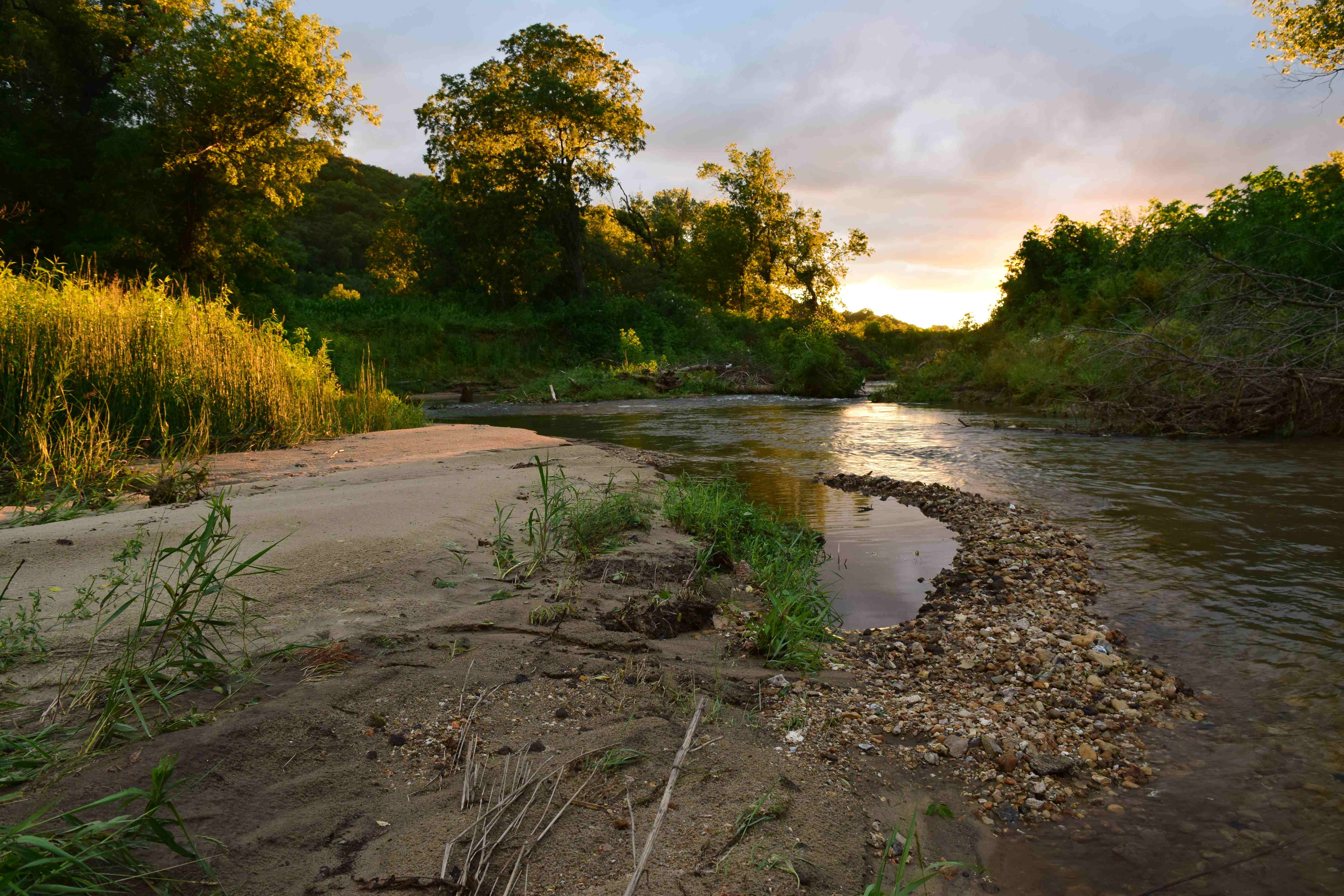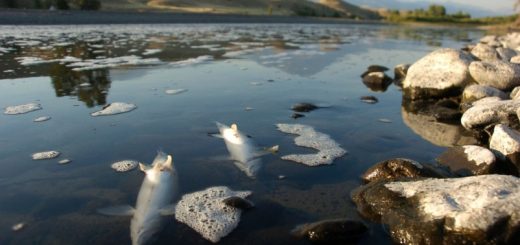Public Plantings
In 2016, a catastrophic flood removed infrastructure and damaged habitat within several rivers along Colorado’s Front Range, including the popular coldwater St. Vrain River near the entrance to Rocky Mountain National Park.
Following the flood, the Colorado Department of Transportation was tasked with rebuilding the highway and restoring the adjacent river throughout the canyon. Part of these restoration efforts included planting willow seedlings at strategic locations along the riverbank. Willow placement is a common element of river restoration, especially in coldwater systems; riparian vegetation helps to stabilize the banks and reduce erosion (Watson et al. 1997), as well as maintain cool stream temperatures by shading the stream (Opperman and Merenlender 2004).

Ultimately, most of the planted willows did not survive. Low survival rates are not unusual for replanting projects, but in this case the willows appear to have been targeted; almost all new plants in the several-mile section were uprooted and left nearby on the banks. Personnel within the Colorado Department of Transportation believe that this was most likely done by anglers who disliked the presence of willows in their casting space.
I’ve reflected on the phenomenon of recreationist-instigated damage since walking the St. Vrain river corridor and seeing the empty holes where the willows used to be. In the 21st century, rivers and other natural resources continue to experience increasing amounts of use; in 2017, the GDP for the outdoor recreation economy grew by 3.9 percent, faster than the 2.4 percent growth of the U.S. overall economy. Within outdoor recreation, boating and fishing led the board of conventional activities (U.S. Department of Commerce 2019). It seems increasingly impossible to prevent ourselves from loving our outdoor spaces to death, as with increased human traffic comes increased pressure through issues such as erosion and stress to wildlife.
The case of the willows on the St. Vrain River showcases the need for measures that minimize user impact. Fish and their habitats benefit from solid and innovative science, but only when scientists pass their knowledge on to fishermen and the general public. Options to do so may include public forums, or even measures as simple as installing informational signs at restoration sites.
Limited funding makes it difficult for agencies to justify continually re-planting willows in areas where they are promptly removed, and the result is that this stretch of the St. Vrain river remains sparsely vegetated at best. Although the work for this project has largely concluded, similar habitat improvement projects will be a mainstay of agency efforts in the future for both Colorado and throughout the country. The best public outreach approach for these projects remains to be seen. It seems clear, though, that agencies need to consider public involvement and cooperation when going forward with habitat improvement projects.
All opinions expressed are that of that author and do not necessarily represent those of the American Fisheries Society. All photos are property of the author and may not be used or distributed without express permission.
Works Cited
Opperman JJ, Merenlender AM. 2004. The Effectiveness of Riparian Restoration for Improving Instream Fish Habitat in Four Hardwood-Dominated California Streams. North American Journal of Fisheries Management. 24(3):822–834. doi:10.1577/M03-147.1.
Watson CC, Abt SR, Derrick D. 1997. Willow Posts Bank Stabilization. JAWRA Journal of the American Water Resources Association. 33(2):293–300. doi:10.1111/j.1752-1688.1997.tb03510.x.
U.S. Department of Commerce. 2019. Outdoor Recreation Industry Grew 3.9% in 2017: Boating and Fishing Industry Leads Growth. US Department of Commerce.https://www.commerce.gov/news/blog/2019/09/outdoor-recreation-industry-grew-39-2017-boating-and-fishing-industry-leads.



